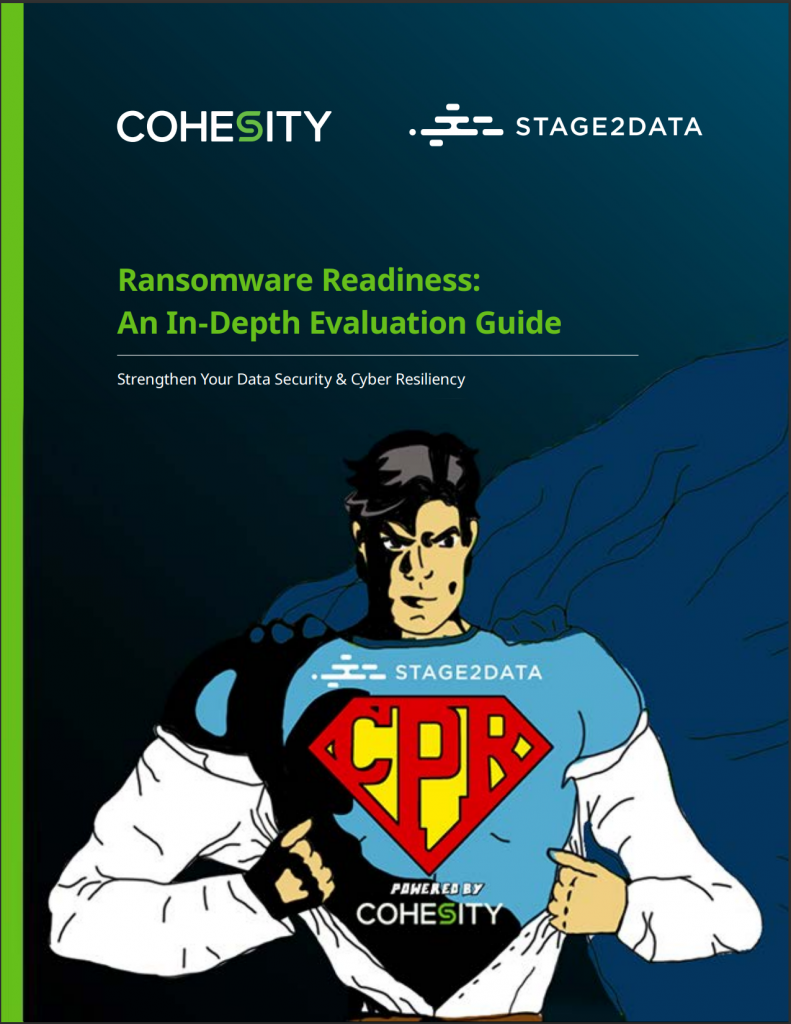Phishing attacks are one of the most prevalent and common security challenges for both individuals and organizations attempting to ensure the security of their information. Whether it’s obtaining credit card information, or gaining access to passwords and other sensitive information, email, social media and telephone calls are just some of the communication forms hackers use to steal valuable data. Businesses are, of course, a particularly viable target.
To assist organizations to better understand how they can avoid falling victim to phishing attacks we have compiled a list of the ten most common ways organizations fall victim to phishing attacks and how to prevent them.
1. Employers do not adequately train employees on their role in data security
Cybersecurity is a marathon, not a sprint. To minimize careless cybersecurity mistakes and to encourage employees to be vigilant, consistent cybersecurity training is necessary. Security issues should always be a top priority for employees, it is, therefore, important to keep your staff informed of phishers’ latest techniques and phishing methods as well as the impact of a breach on the organization and on the employee him- or herself.
2. Employers do train employees and implement policies, but they never test the policy or effectiveness of the training
There are certain programmes and products that can sent test phishing emails to corporate staff which provide metrics regarding security leadership and how effective an organization’s anti-phishing programme really is. When performing phishing attempts against your own employees you can gauge their response and how they handle phishing attempts. This will indicate if your employees are ready to handle such intrusion. This also goes hand-in-hand with testing management to see if they are adequately enforcing the policies. Training, as mentioned above and testing is crucial as it takes only one or two users to compromise an entire system.
3. Employees are careless about their browsing habits
Employees can significantly reduce their odds of falling victim to a phishing attack by being sensible and applying some common sense while browsing online or checking emails. Always browse security with https and never click on website links if you are not absolutely certain it’s authentic, rather type the URL into the address bar manually. You can further deploy a web filter to block malicious websites and ensure that your devices, email and applications are updated regularly to include the latest security patches.
4. Organization forego a coordinated and layered approach to security
Defending against phishing requires a layered approach to security that includes employees and IT preventative measures such as single sign-on (SSO) and strong authentication (to eliminate the need for employees to manually enter passwords to access systems, applications or information), browser add-ons and extensions (to prevent users from clicking on malicious links) and implementing spam filters.
5. Organizations do not keep abreast of the ever-evolving phishing threat
With vast amounts of corporate data at risk, it is imperative for organizations to guard against the ever-evolving phishing trend. Cybersecurity threats, including phishing, how it works, the types of phishing attacks to be aware of, and so forth, should be high on the list of “must-knows” as it targets everyone in the organization: from the executive leaders to the administrative staff.
Phishing scams are only going to mature over time which makes it imperative to remain vigilant and to safeguard data (your own personal data as well as corporate data) that may prove costly in the long run.


